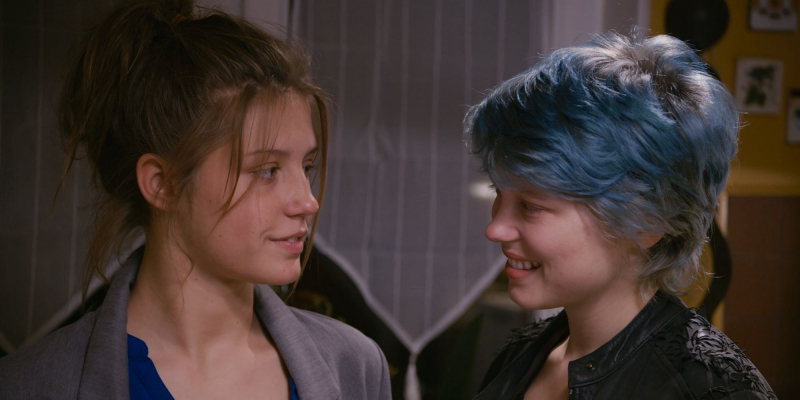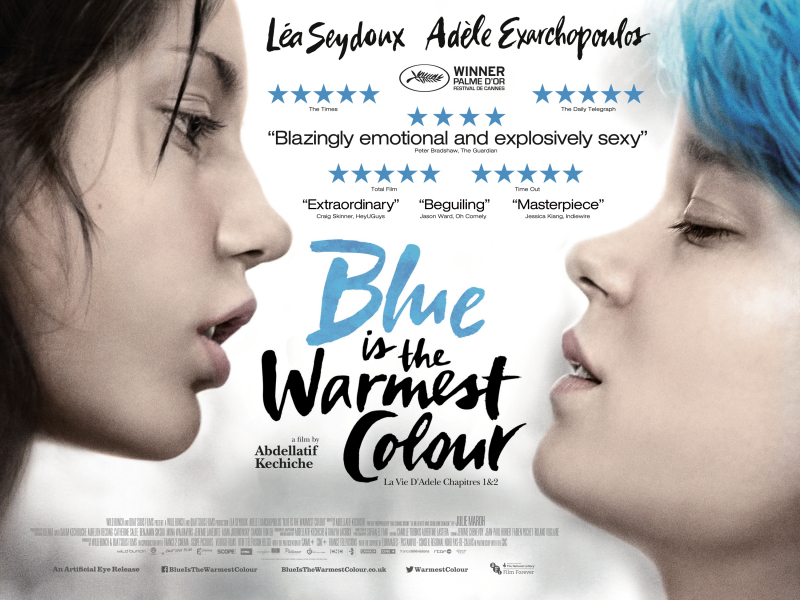Blue Is The Warmest Color

While Blue Is The Warmest Color is a little bit too lengthy at 3 hours, the languid pace allows the spectator enough opportunity to participate in - and even become trapped by - Adèle and Emma's connection. Adèle transitions from her days in school to her career as a primary school teacher, while Sofian El Fani's camera inspects her at every stage, most frequently in close-up. Emma, who represents a more refined person from a high-class household, studies painting and strives to be a successful painter. Adèle and Emma's class conflict adds another dimension of ideological friction.
Adèle Exarchopoulos wields the screen with amazing recklessness in her role as Adèle. Meanwhile, Léa Seydoux's Emma reflects her sincerity and vigor. Their performances elicit an uncommon level of sensitivity. Extremely violent and obscene love scenes between these two women have sparked debate about the film's propriety or exploitation.
The actresses and the producer of Blue Is The Warmest Color discussed this issue at a Telluride Film Festival session. Adèle said that it took trust and abandonment for her to transmit the physical attraction between the characters in a fleshly connection. Léa continued by stating that to succeed in her role, she was required to offer everything: her emotions and body. And how right she was!
Rotten Tomatoes Score: 89%
Year of Release: 2013
Stars: Léa Seydoux, Adèle Exarchopoulos






